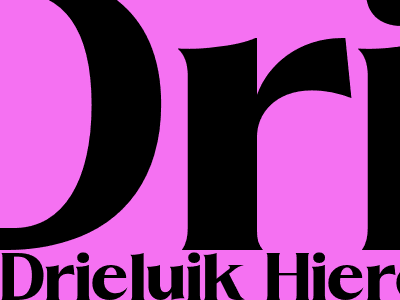Hieronymus Bosch's Triptych: A Masterpiece of Enigmatic Symbolism
Unveiling the Hidden Meanings of the Drieluik
Hieronymus Bosch's Triptych, also known as "The Garden of Earthly Delights," is an enigmatic masterpiece that has captivated art enthusiasts for centuries. This extraordinary work, created between 1490 and 1510, is a testament to Bosch's unique artistic vision and profound exploration of human nature and morality.
Wings of Desire: The Outer Panels
The triptych's outer panels depict scenes that set the stage for the central panel's unfolding narrative. The left panel portrays the Creation of Eve, while the right depicts a chaotic Hell.
The Creation of Eve emphasizes the beauty and innocence of the newly created world, while the chaotic Hell serves as a stark warning of the consequences of sin.
Delving into the Central Panel: Earthly Delights
The central panel is a vibrant and complex depiction of human existence, divided into three distinct sections.
- The Garden of Eden: Adam and Eve stand amidst a lush garden, surrounded by a menagerie of creatures. This section represents the purity and innocence of creation before the Fall.
- The Earthly Paradise: A vast and chaotic landscape filled with scenes of revelry, music, and feasting. This section symbolizes the allure and dangers of earthly pleasures.
- Hell: A grotesque and terrifying depiction of eternal punishment. This section serves as a warning against the consequences of sin.
Symbolism and Interpretation
Bosch's triptych is replete with symbolism and hidden meanings that continue to puzzle and fascinate viewers. The strawberries, for example, represent temptation and fertility, while the nude figures symbolize human vulnerability.
The triptych has been interpreted as a warning against the dangers of sin and the pursuit of earthly pleasures. It also explores the complex relationship between humanity, nature, and the divine.
Conclusion
Hieronymus Bosch's Drieluik Hieronymus Bosch is a masterpiece of art that transcends time and continues to fascinate and inspire viewers. Its enigmatic symbolism and profound exploration of human nature have made it one of the most enduring and influential works of art in history.
By delving into its intricate details and hidden meanings, we can gain a deeper understanding of Bosch's unique perspective and the timeless themes that his work continues to explore.

Comments